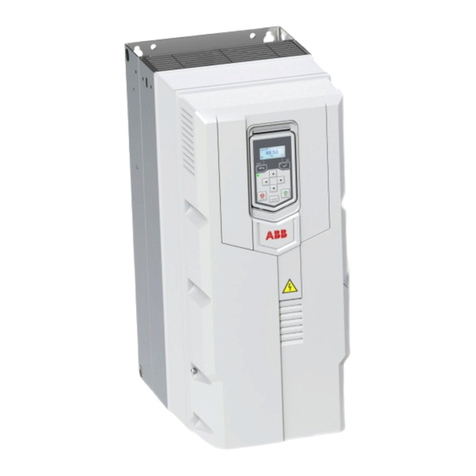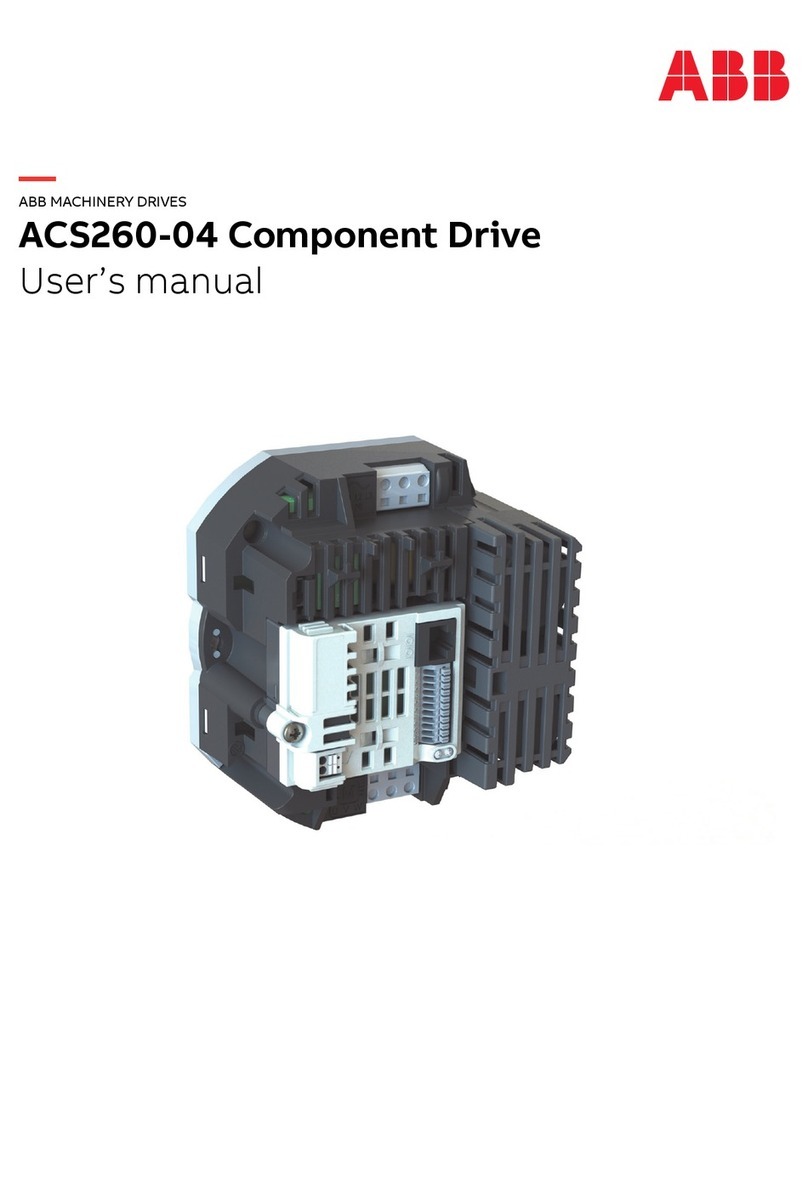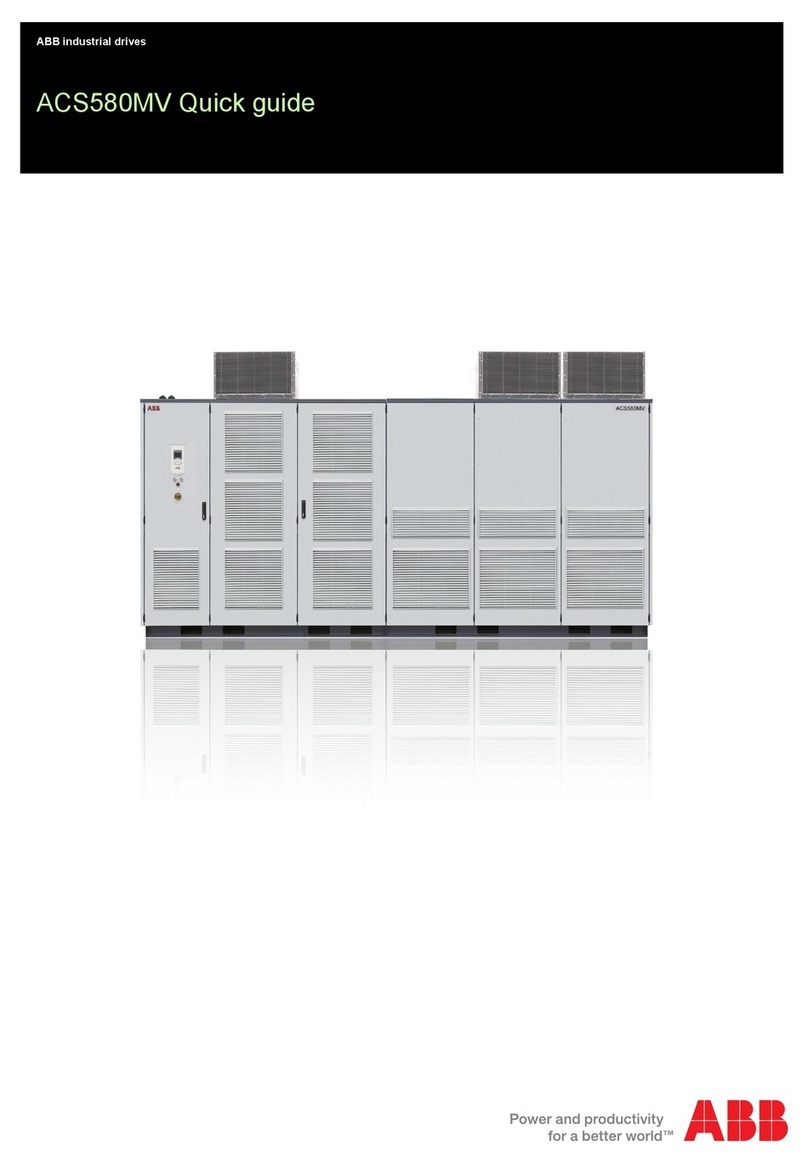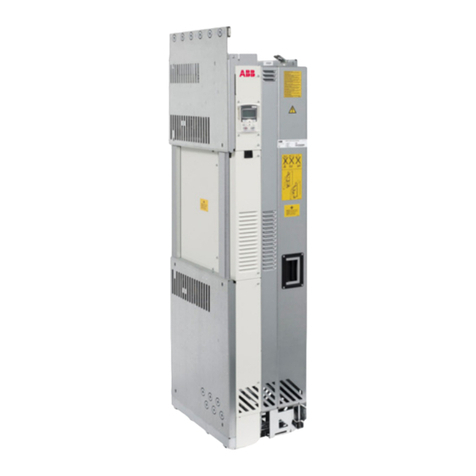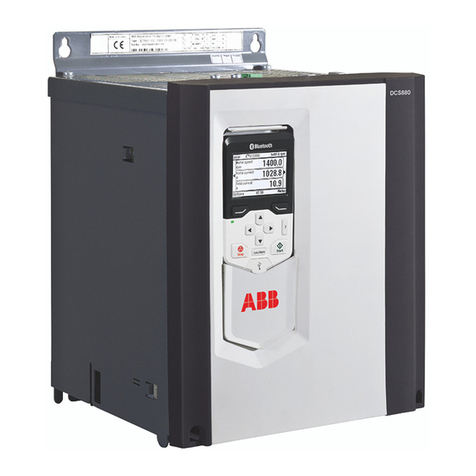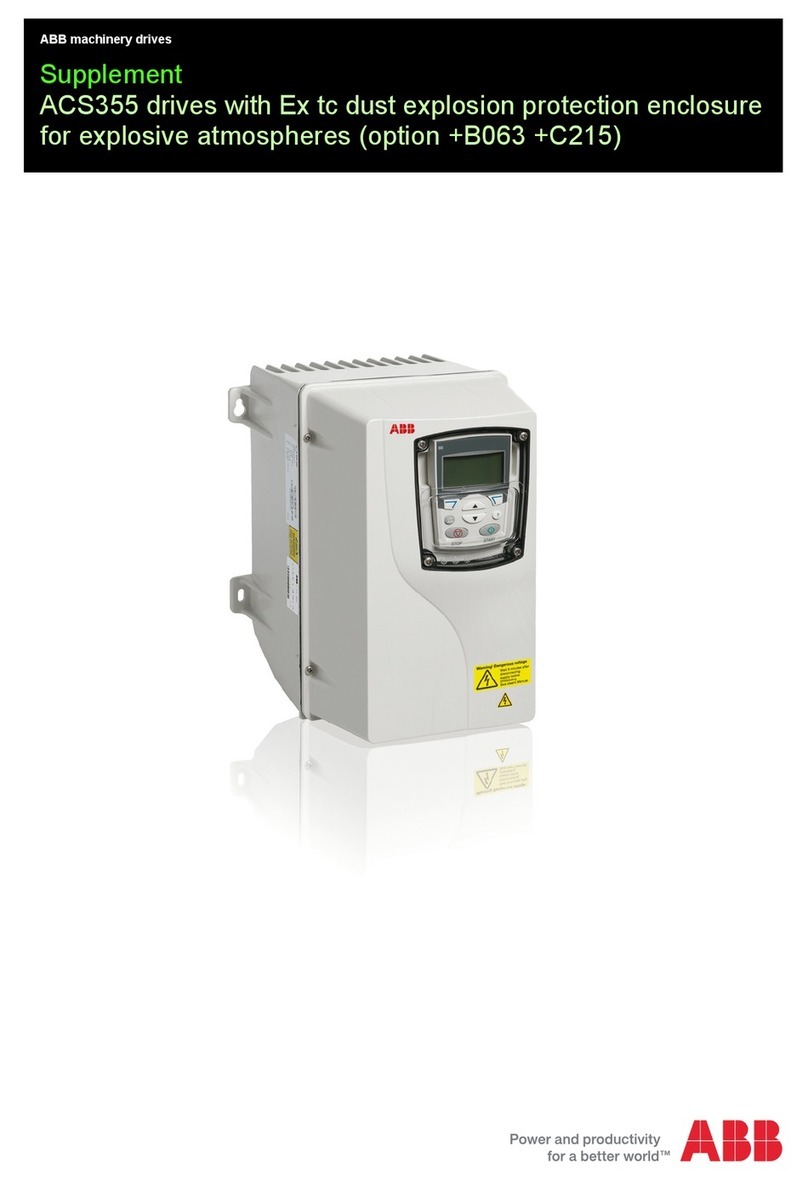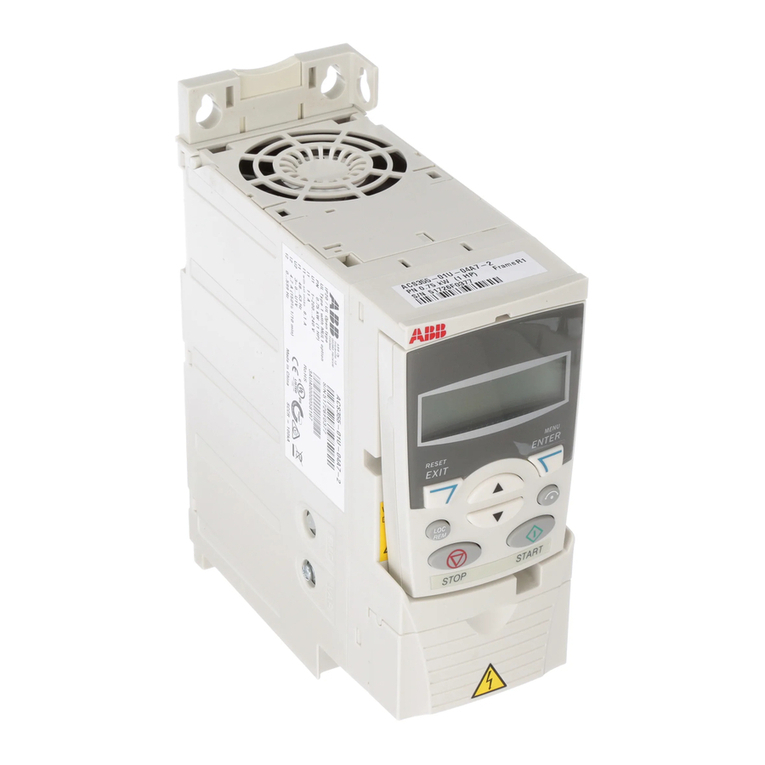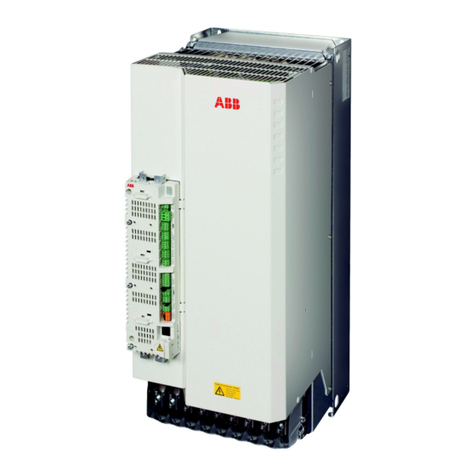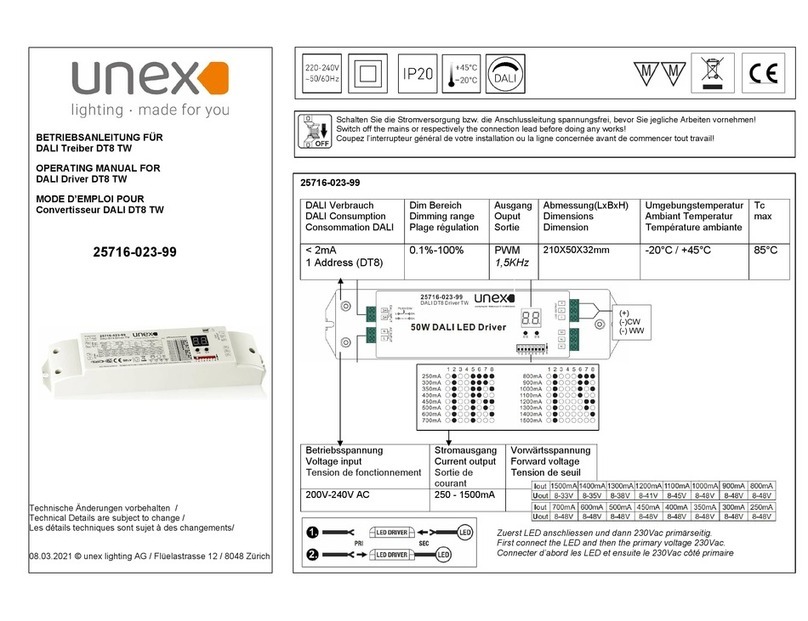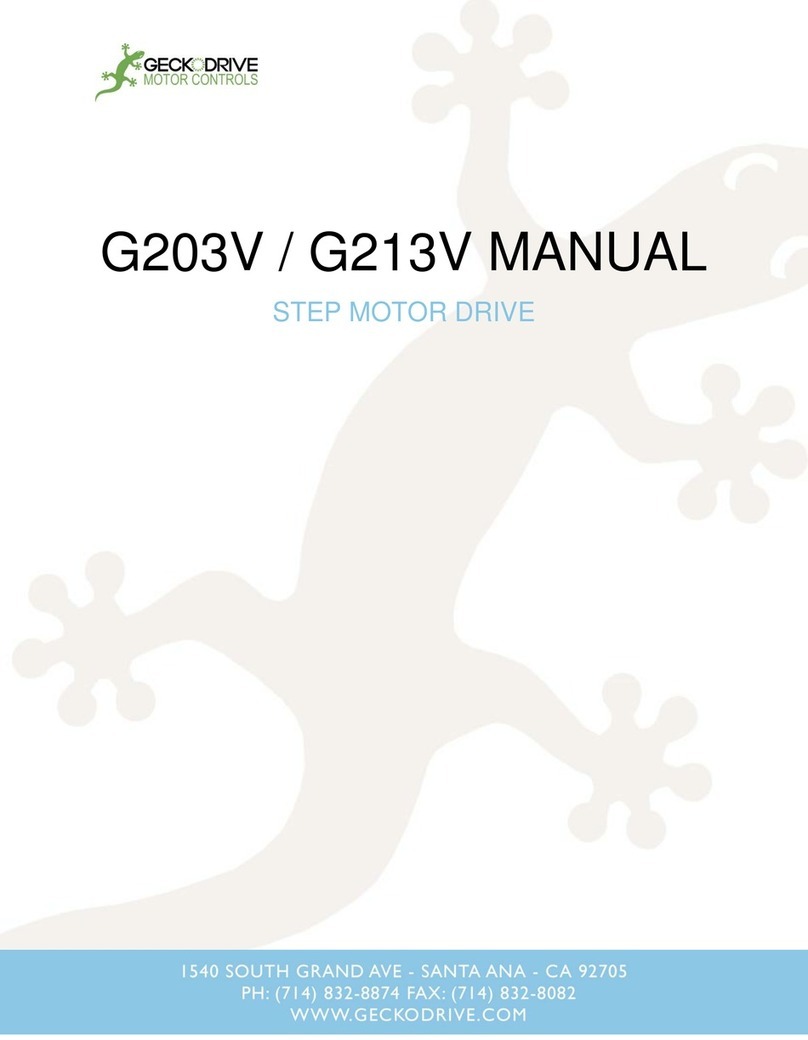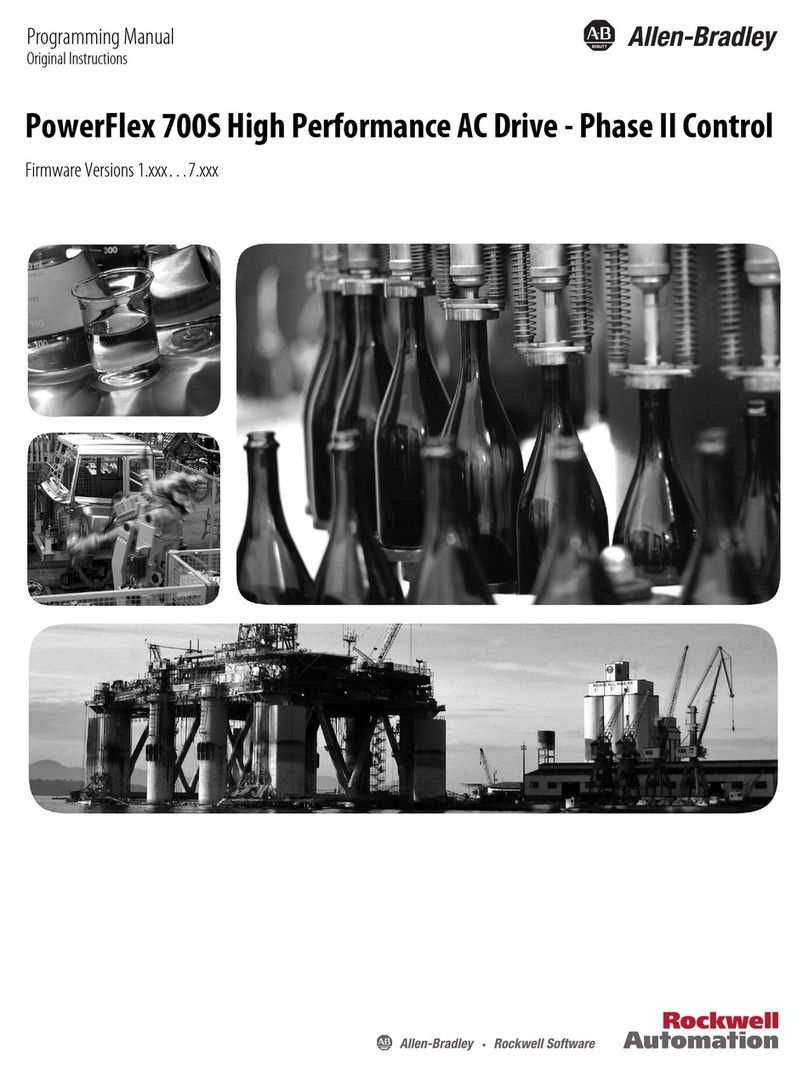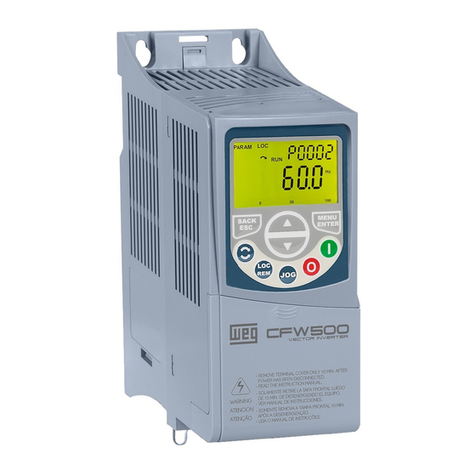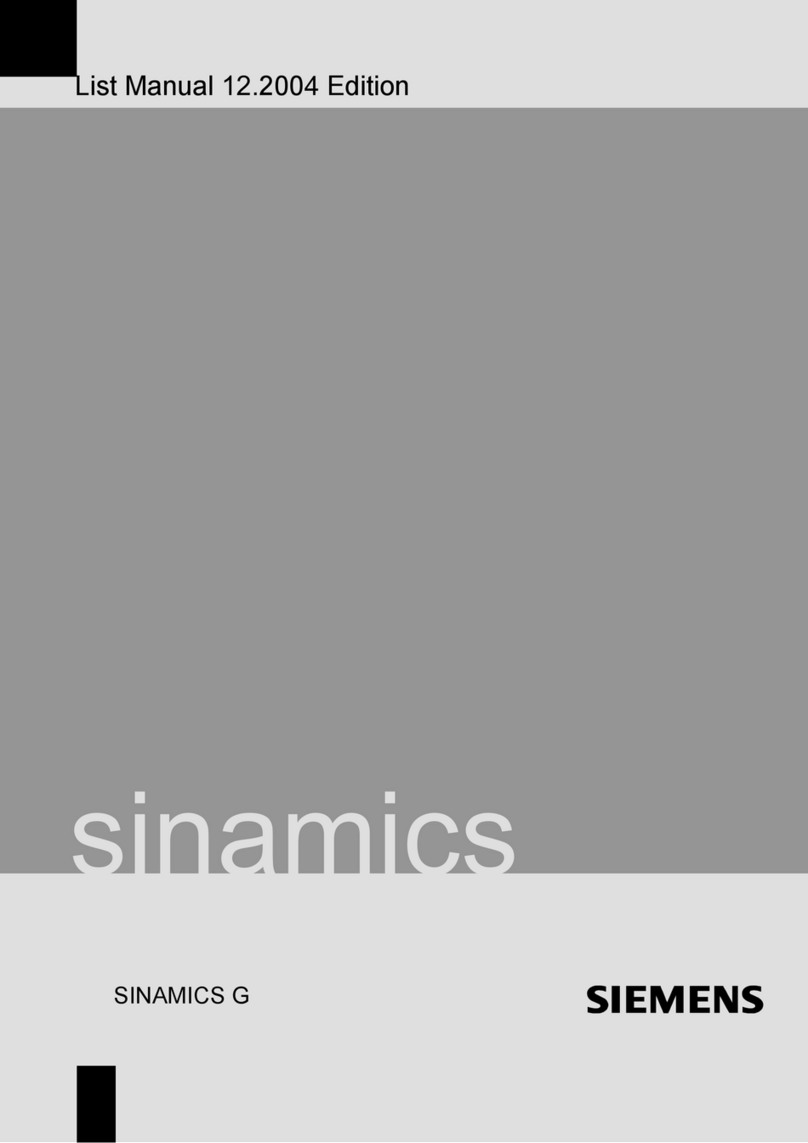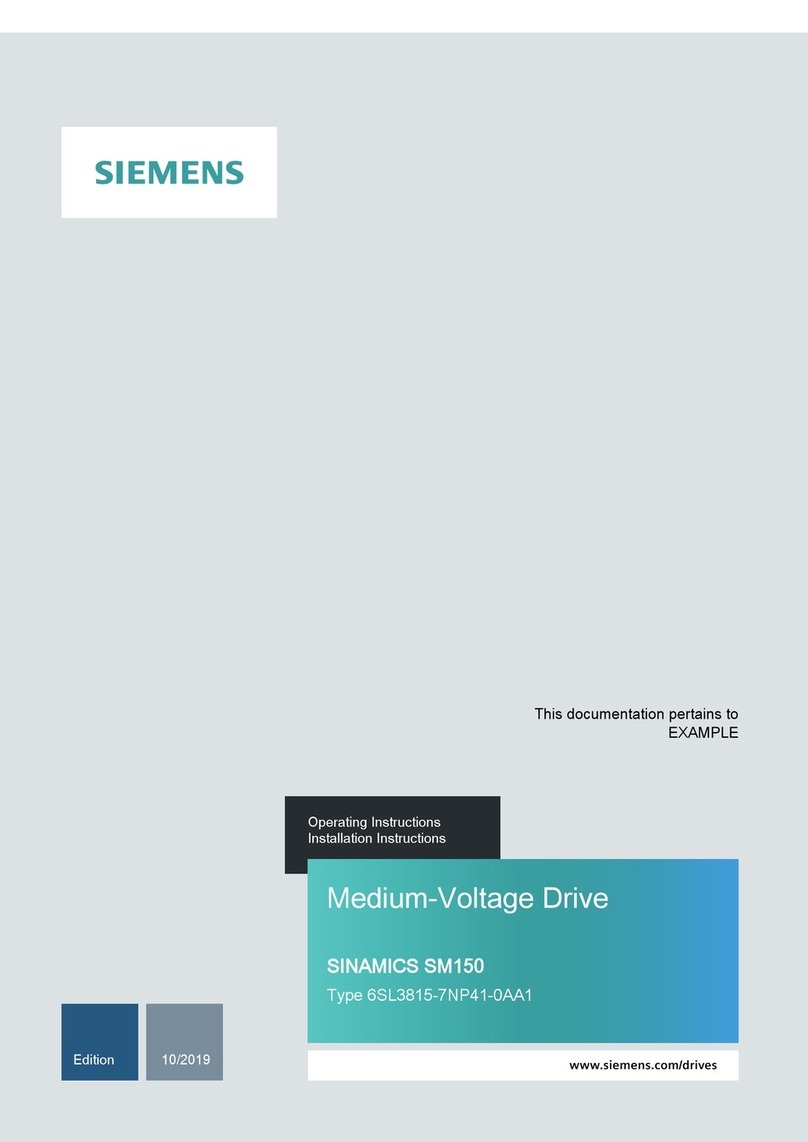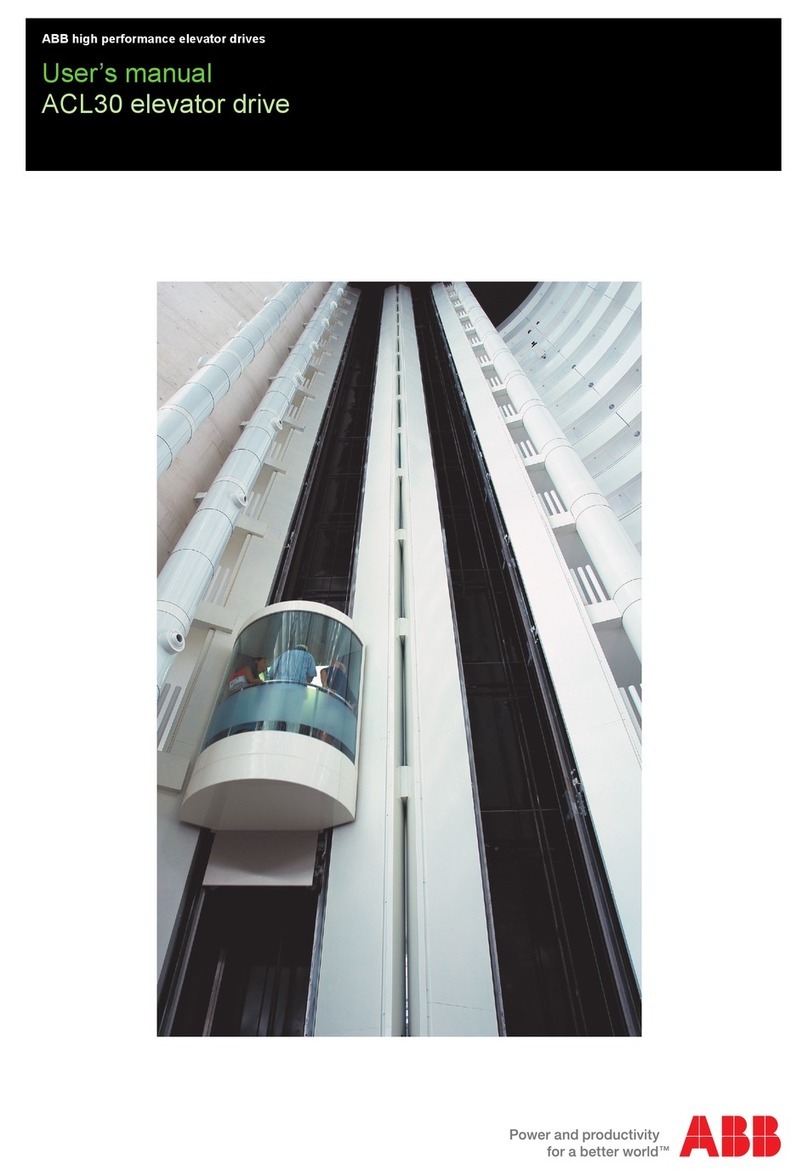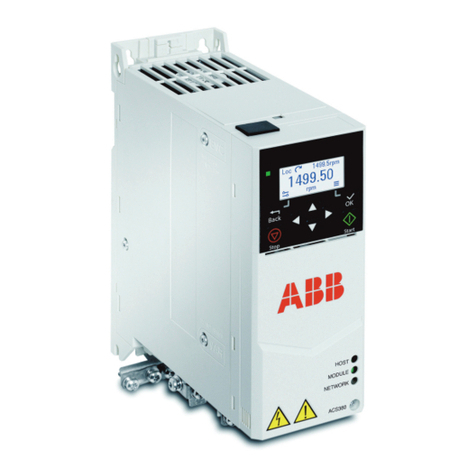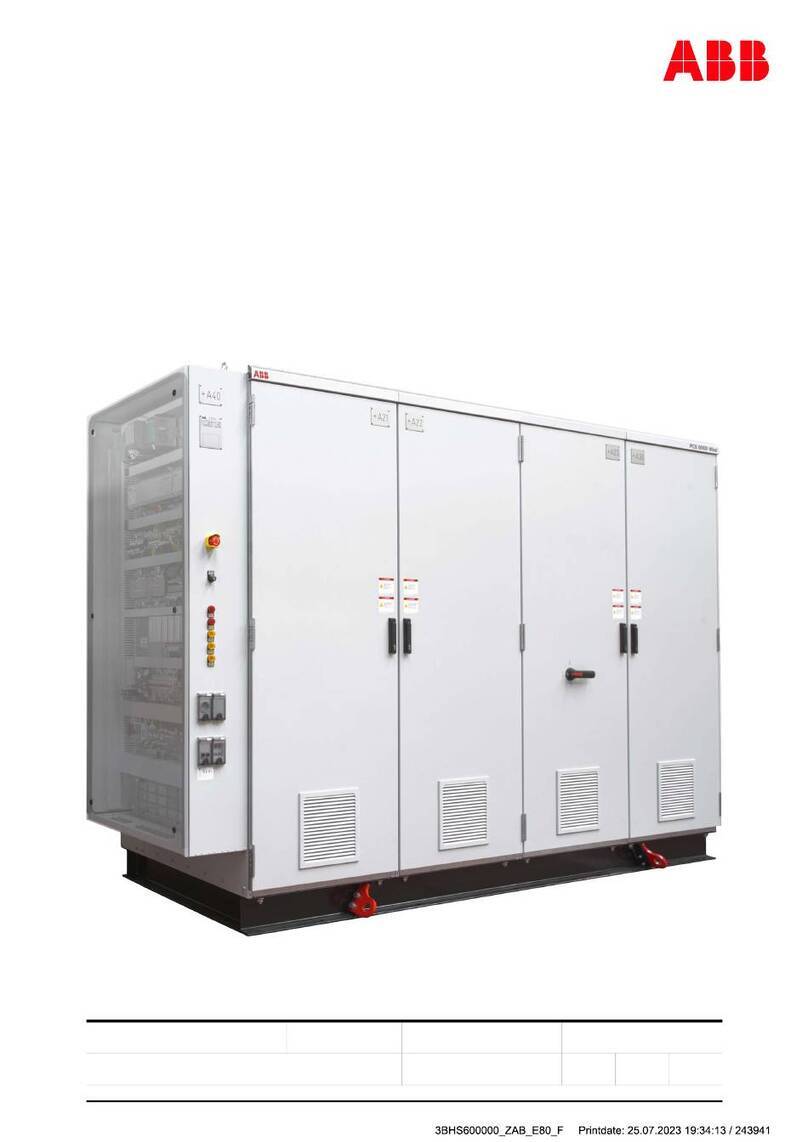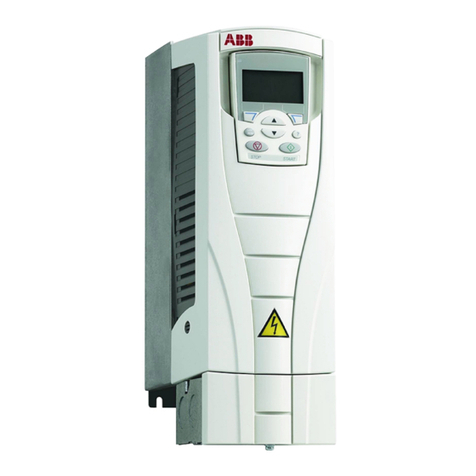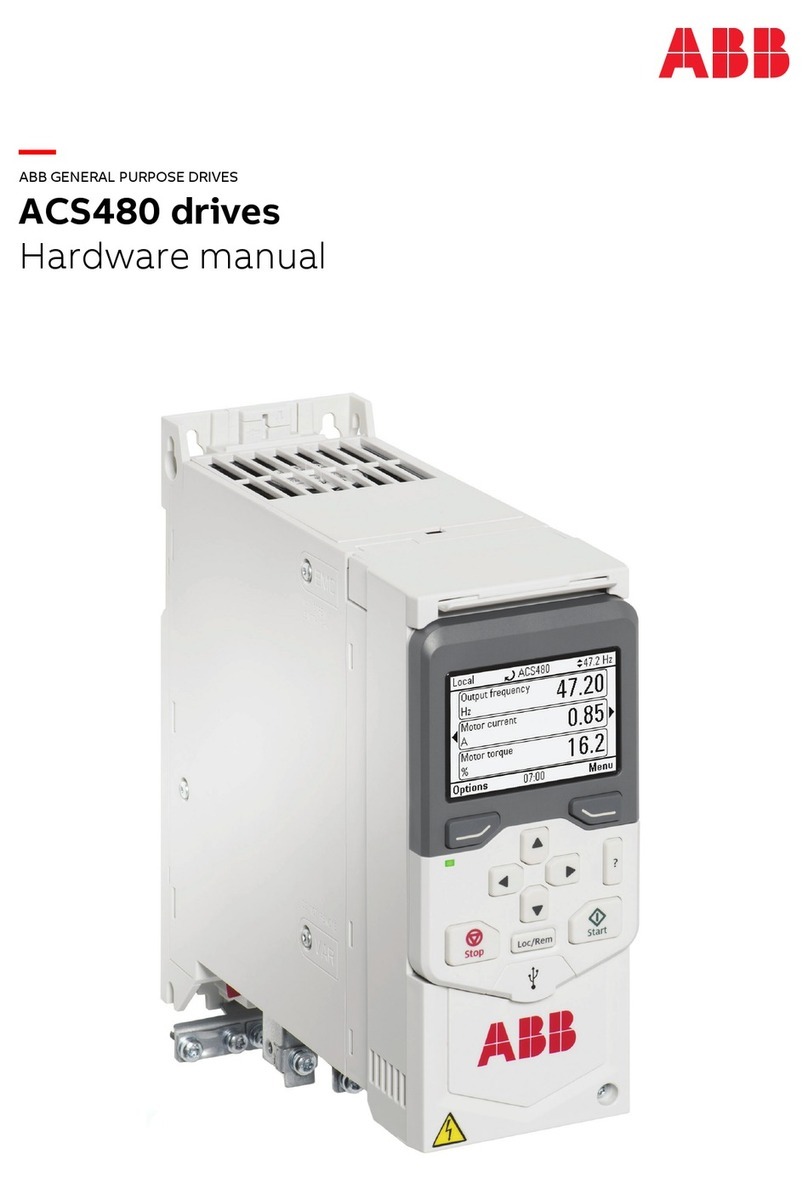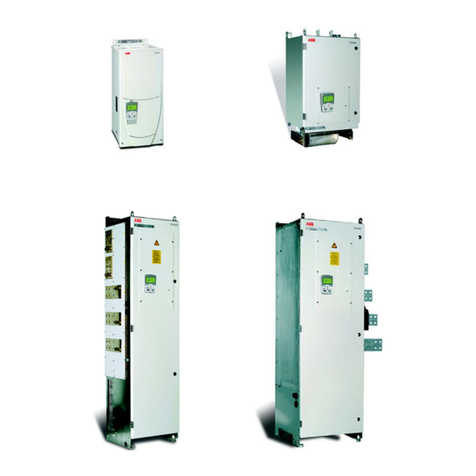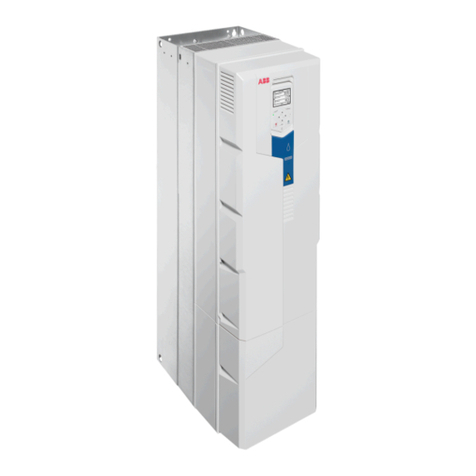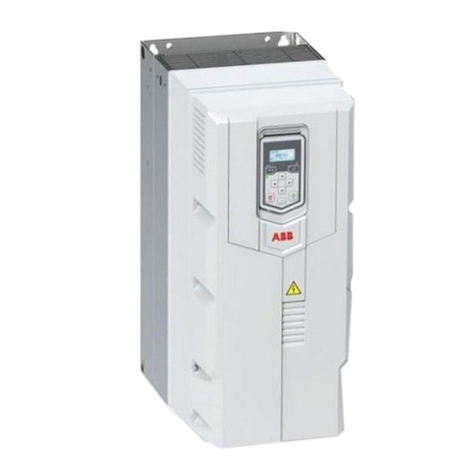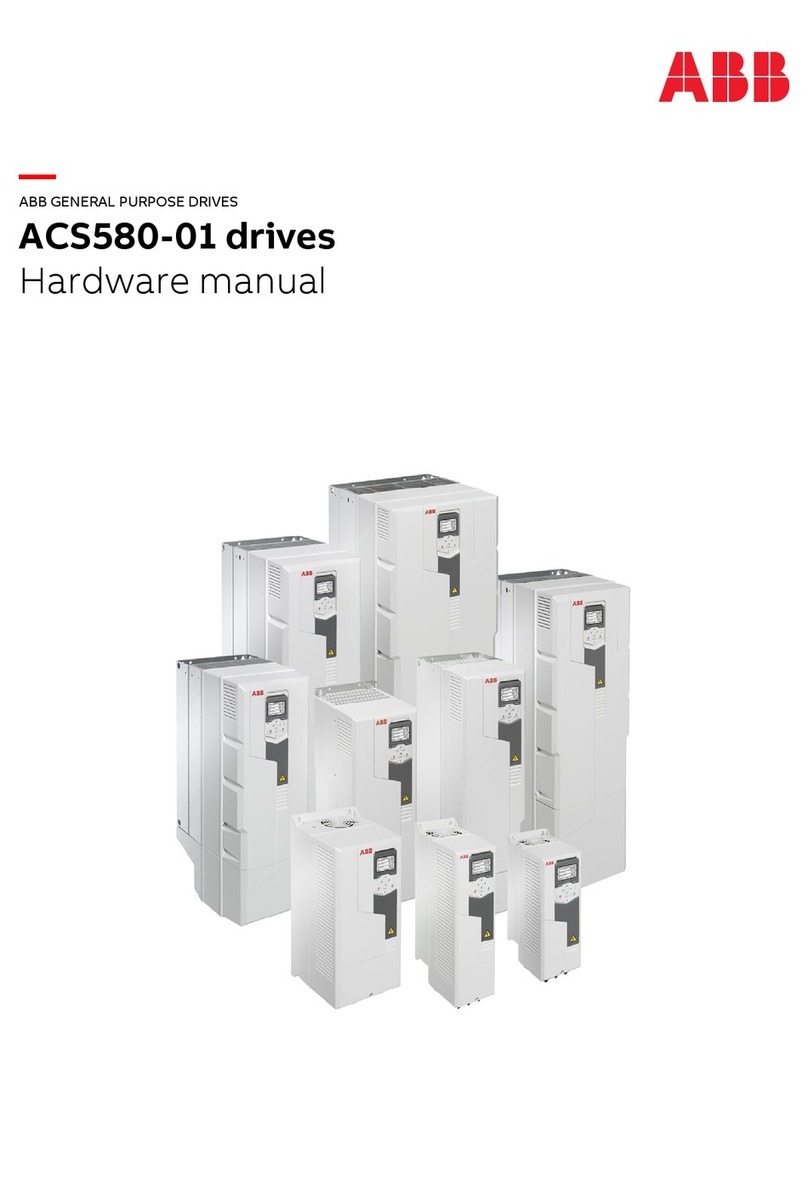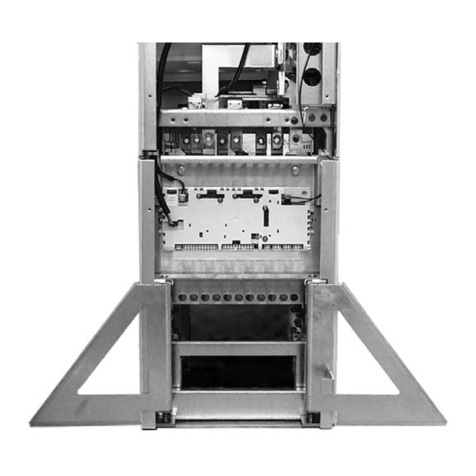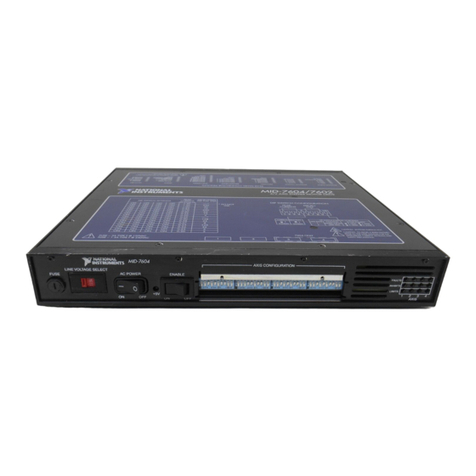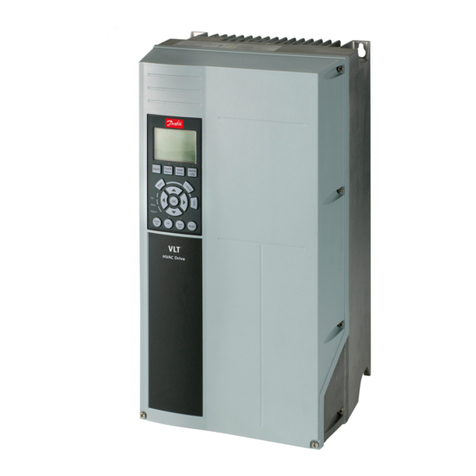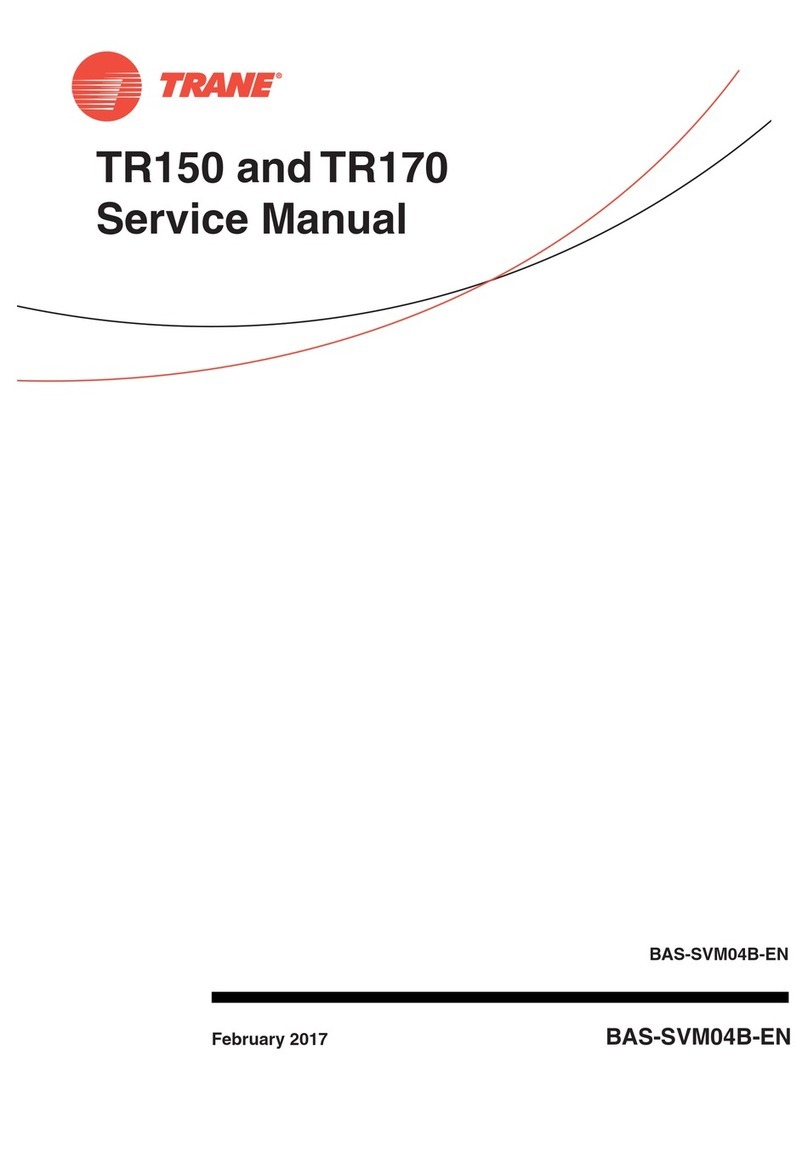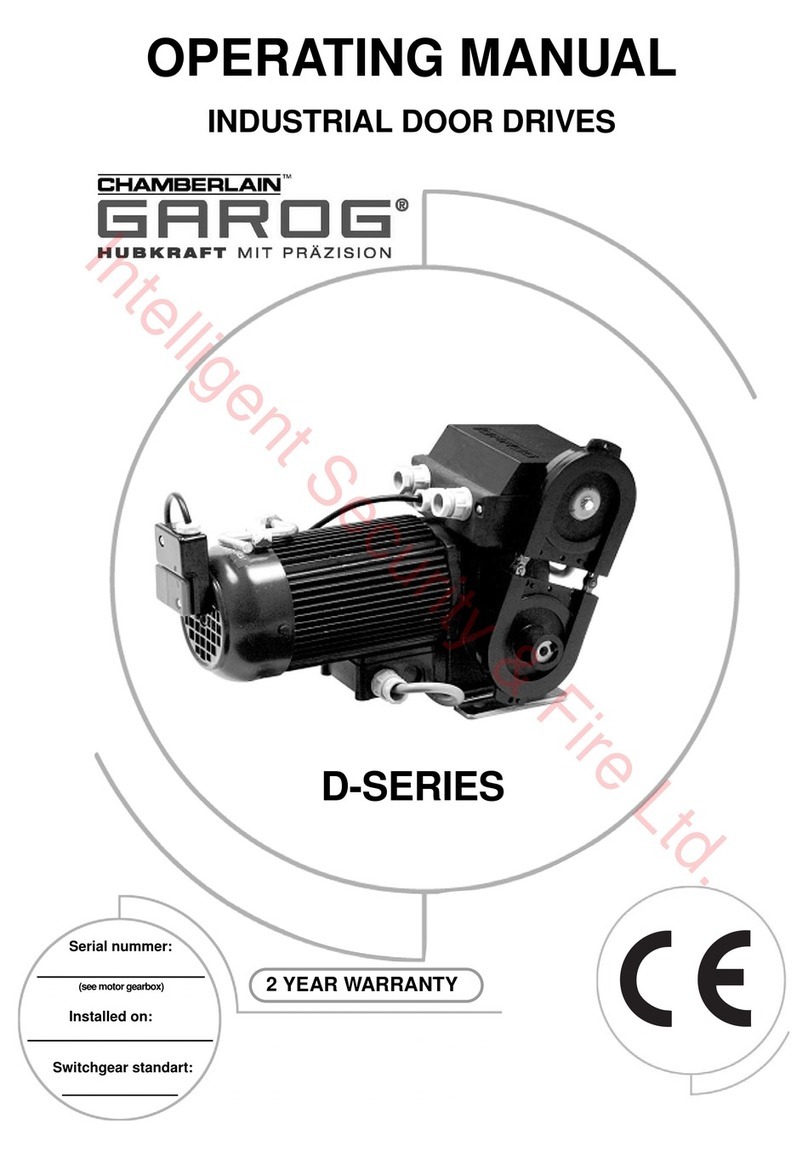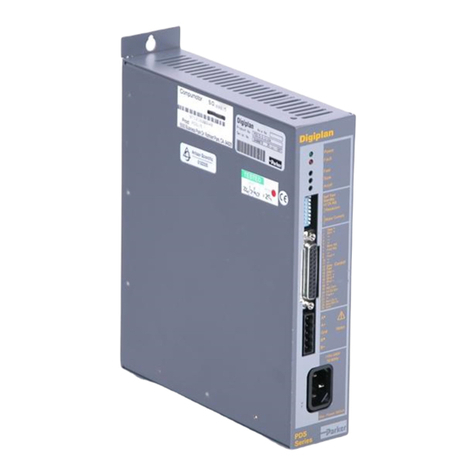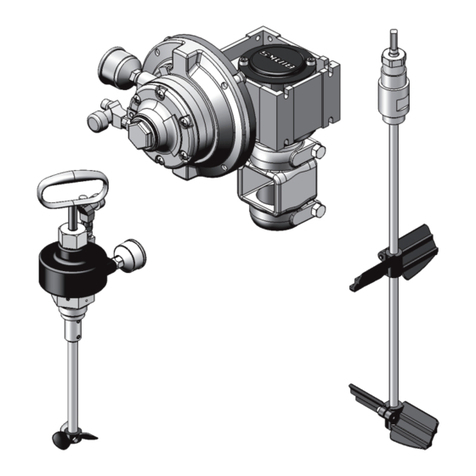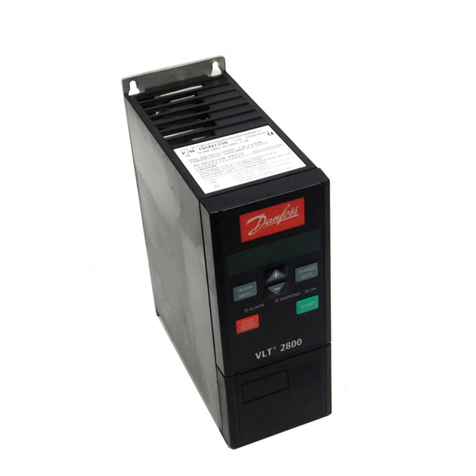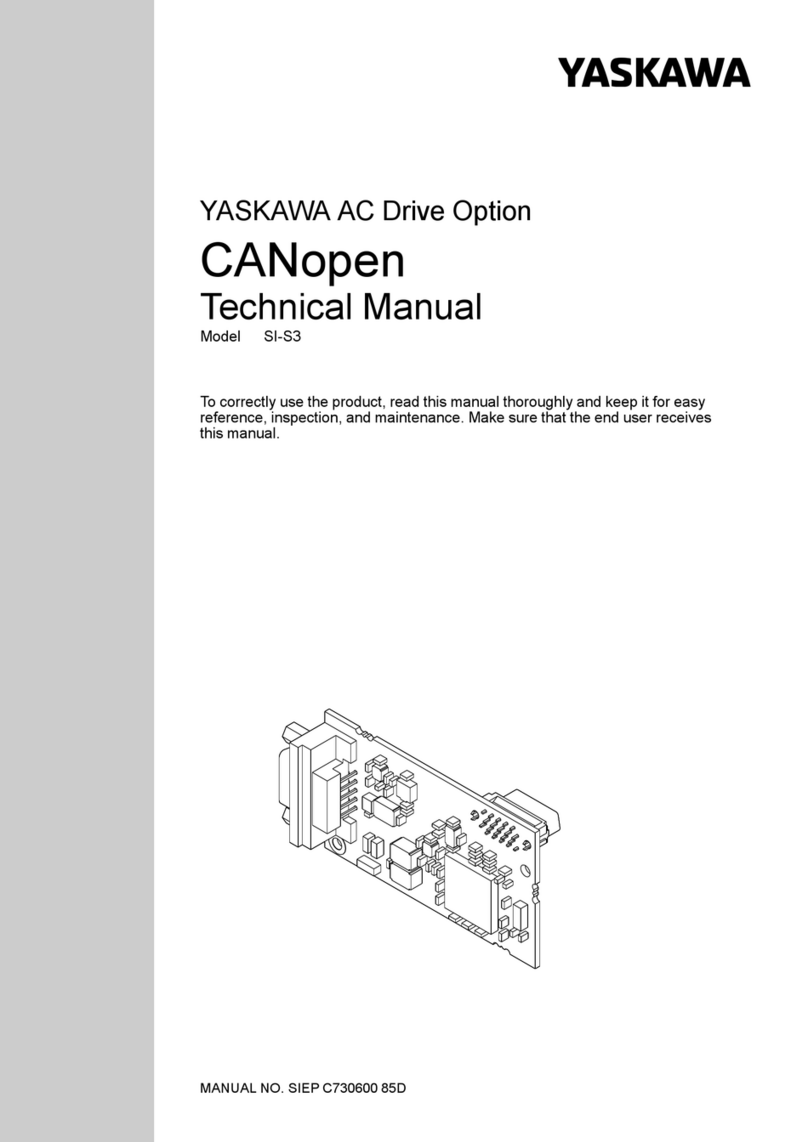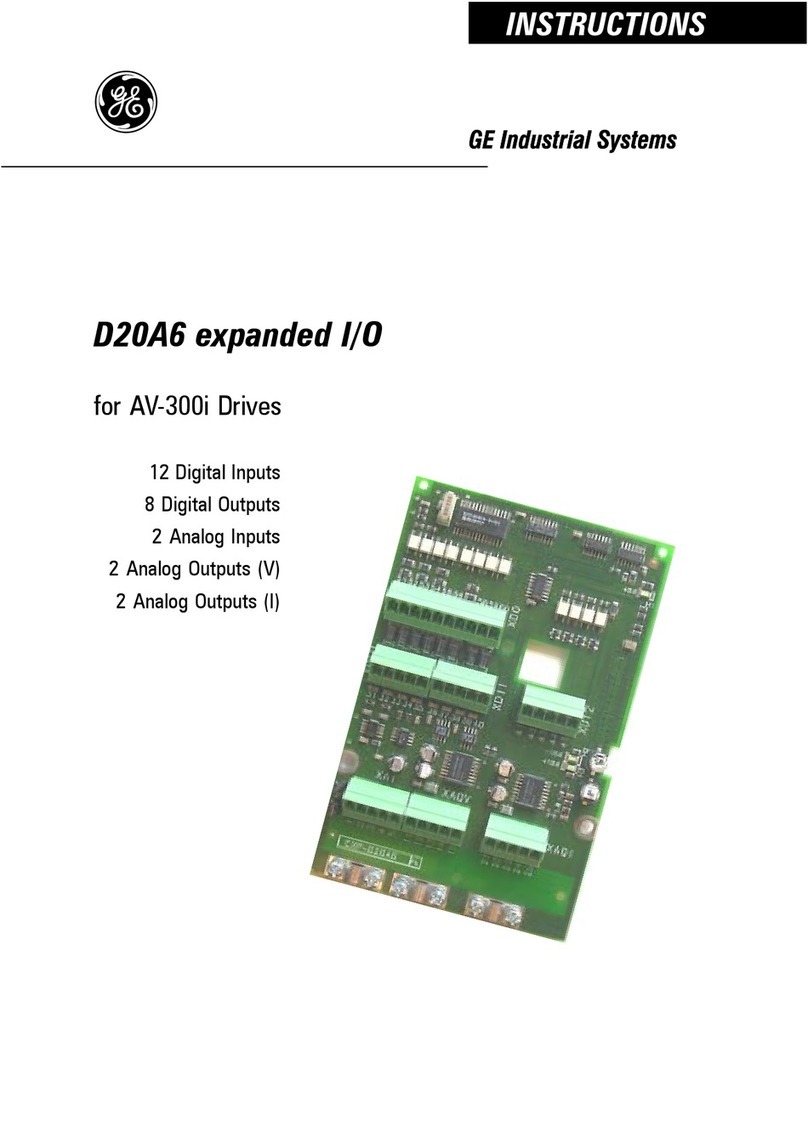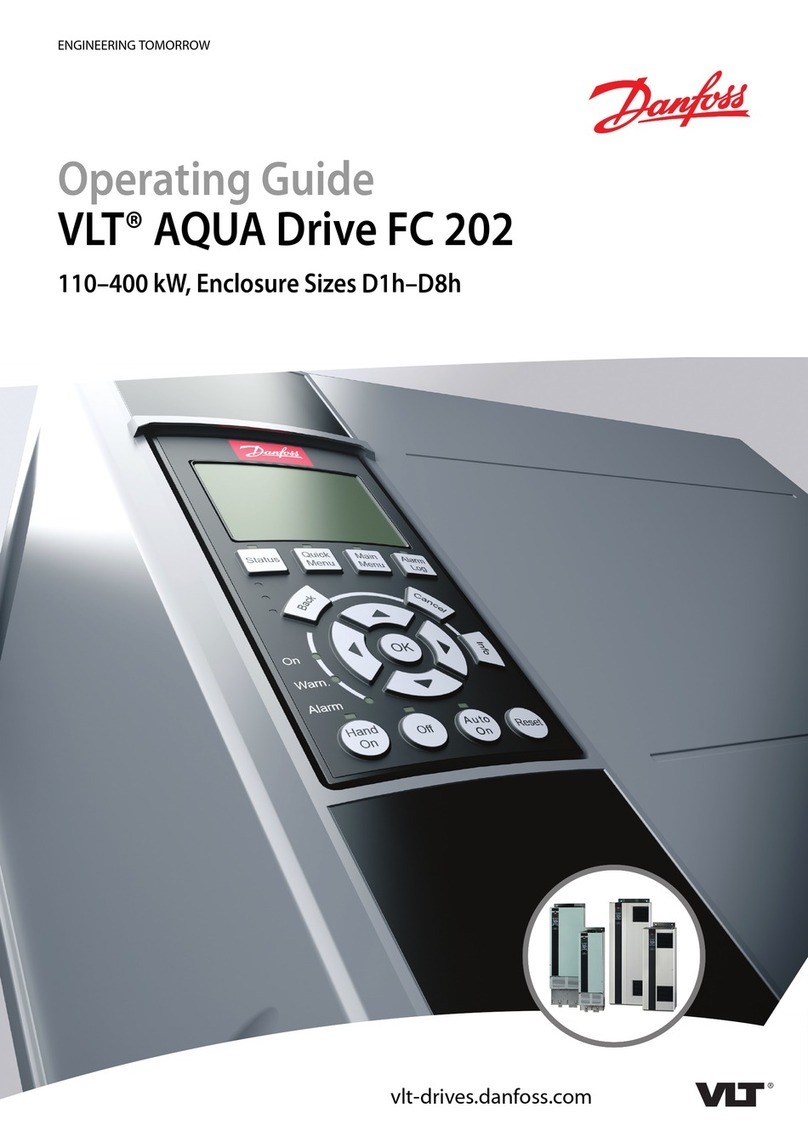
5 Parameter settings
43Contents of this chapter ...........................................................................
43Competence ........................................................................................
43FSO module parameter settings .................................................................
44General parameters ............................................................................
46Parameters for the STO function .............................................................
48Parameters for the SSE function .............................................................
49I/O parameters ..................................................................................
50Parameters for Emergency stop, stop category 0 .........................................
51Parameters for Emergency stop, stop category 1 .........................................
53Changing the stop category from 0 to 1 .....................................................
54FSE-31 module and safety pulse encoder related parameters ..........................
55Drive parameter settings ..........................................................................
55
Additional parameter settings for ACS880-07/07LC drives, frames n×DXT + n×R8i and
ACS880-17/17LC/37/37LC drives, frames n×R8i + n×R8i ...................................
55Additional parameter settings for ACS880-17/37, frames R8 and R11 ....................
56Safety pulse encoder parameters ...............................................................
56SS1 ramp parameters .............................................................................
6 Use of the safety function
57Contents of this chapter ...........................................................................
57Activating the safety function .....................................................................
58Resetting the safety function .....................................................................
7 Start-up and acceptance test
59Contents of this chapter ...........................................................................
59Validation of the safety functions ................................................................
59Competence .....................................................................................
59Validation procedure ...........................................................................
60Acceptance test reports .......................................................................
60Start-up and acceptance test .....................................................................
8 Maintenance
63Contents of this chapter ...........................................................................
63Safety circuit maintenance .......................................................................
64Proof test interval ..................................................................................
64Competence ........................................................................................
64Residual risk ........................................................................................
64Intentional misuse ..................................................................................
64Decommissioning ..................................................................................
9 Technical data
65Contents of this chapter ...........................................................................
65Safety data ..........................................................................................
65Safety performance with different safety pulse encoders ................................
65Safety data values ..............................................................................
66ACS880-07/07LC drives without the FSE-31 module .................................
66ACS880-07/07LC drives with the FSE-31 module .....................................
67ACS880-17/17LC/37/37LC drives without the FSE-31 module ......................
67ACS880-17/17LC/37/37LC drives with the FSE-31 module ..........................
6 Table of contents
